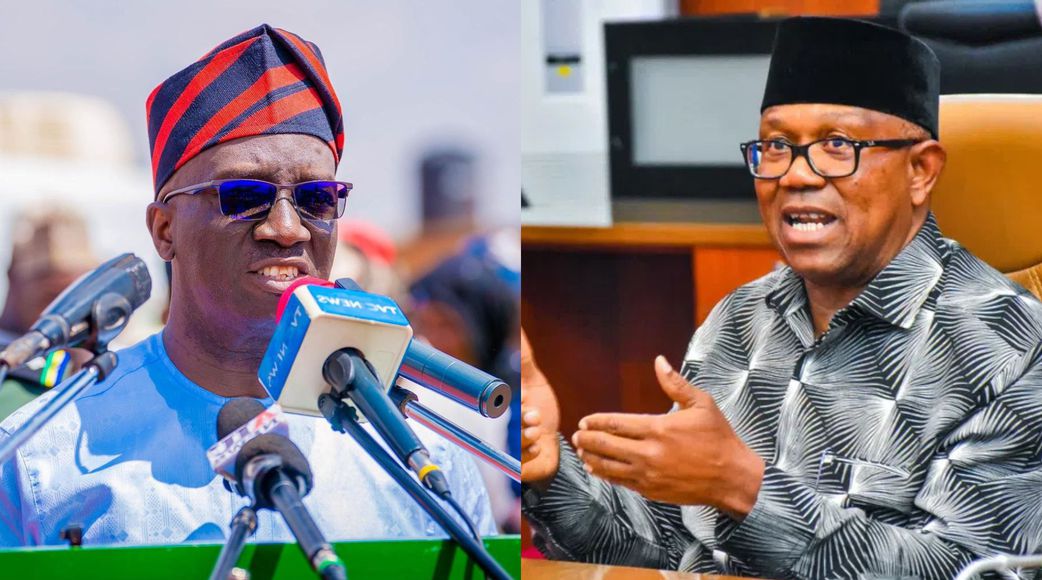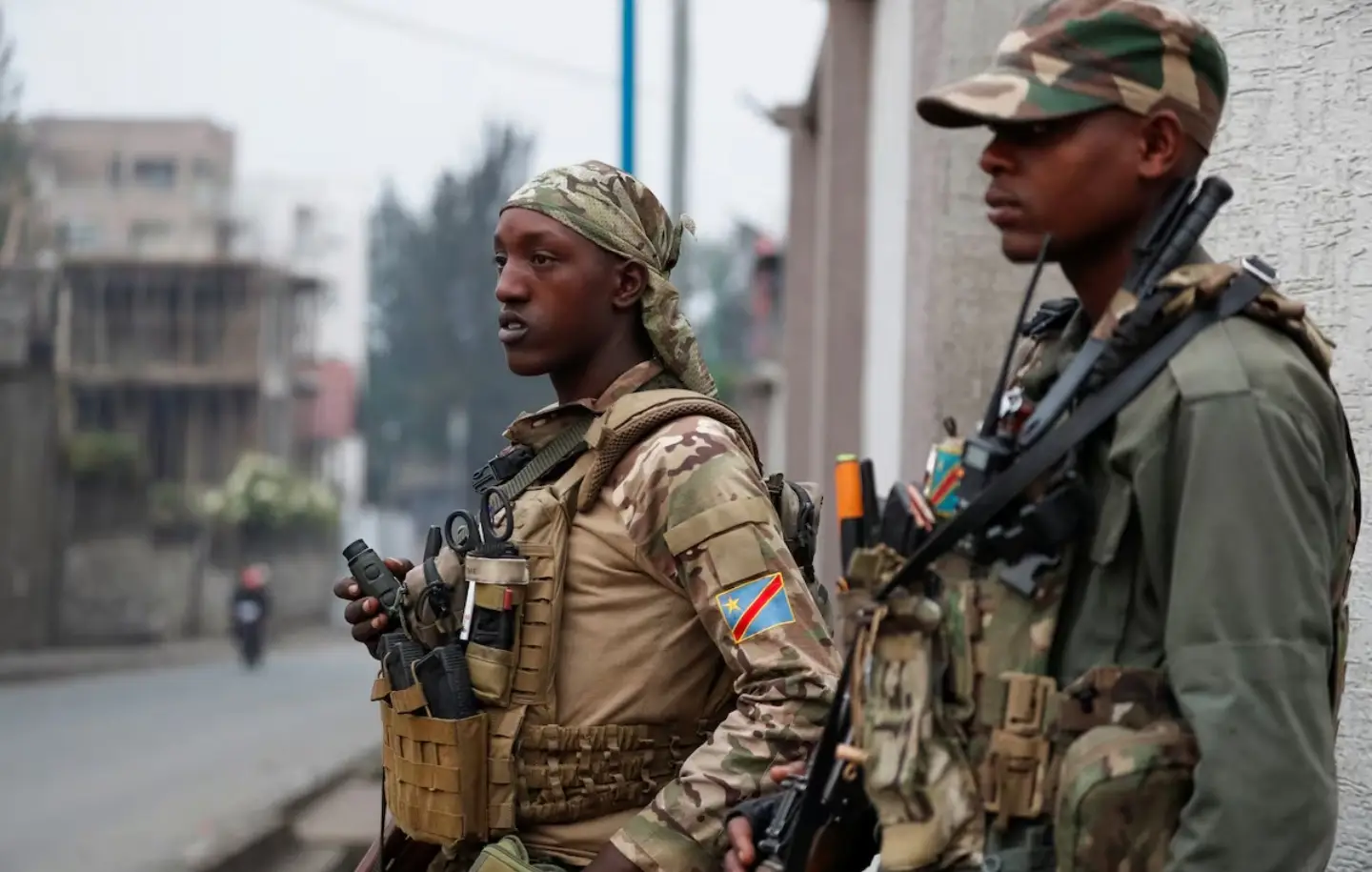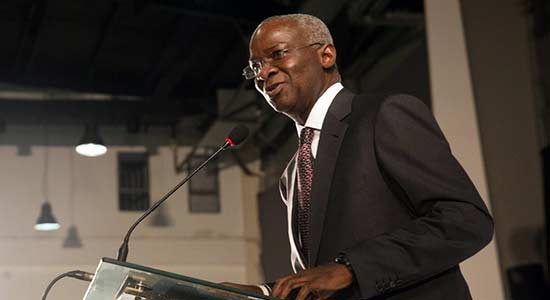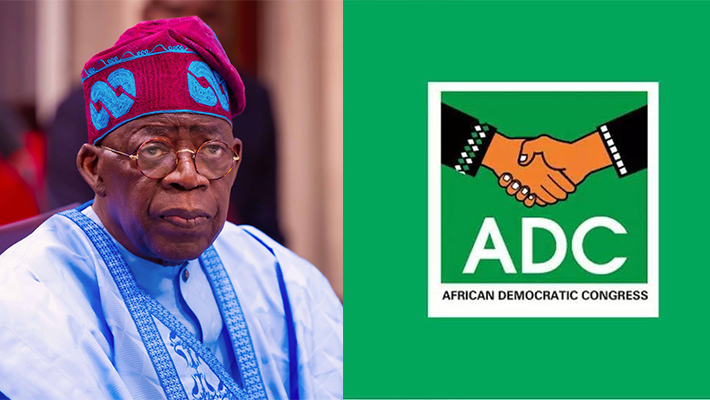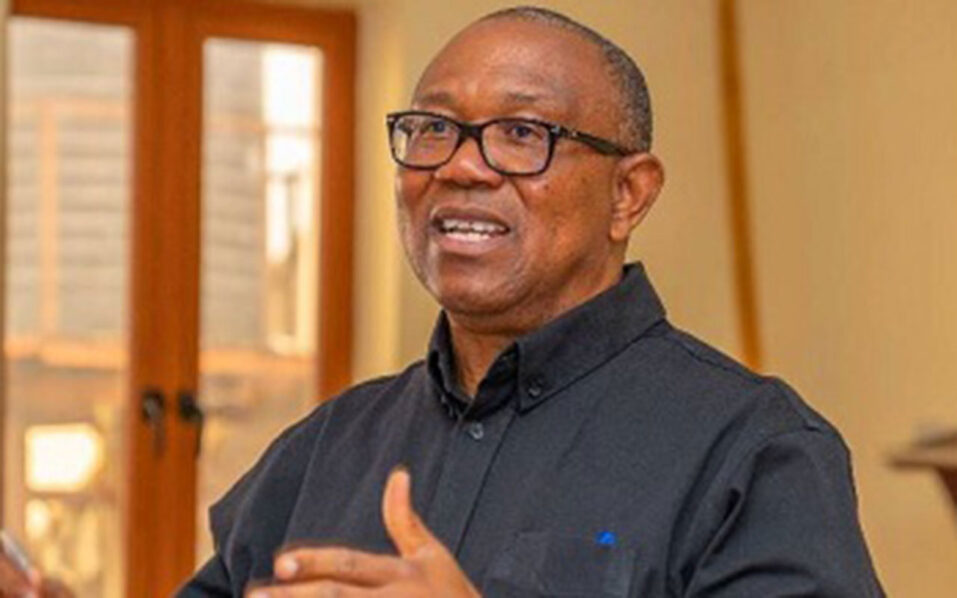The United Nations Educational, Scientific and Cultural Organization (UNESCO) announced on Thursday that for the second consecutive year, conflict zones have proven increasingly perilous for journalists and media workers, with at least 68 fatalities reported in 2024 alone. According to new data, more than 60 percent of these killings occurred in countries embroiled in conflict, marking the highest percentage in over a decade.
“Reliable information is vital in conflict situations to help affected populations and to enlighten the world,” stated UNESCO Director-General Audrey Azoulay. “It is unacceptable that journalists pay with their lives for this work. I call on all states to step up and ensure the protection of media workers, in accordance with international law.”
The report indicates that 42 journalists lost their lives in conflict zones this year, with Palestine recording the highest casualty count at 18. Other countries such as Ukraine, Colombia, Iraq, Lebanon, Myanmar, and Sudan also experienced multiple fatalities, highlighting the increased risks faced by media professionals in regions marked by violence and instability.
This troubling trend follows a pattern observed in 2023, when more journalists lost their lives in conflicts than in any comparable period since 2016-2017. Although conflict zones remain a significant concern, the overall number of journalist killings has seen a slight decrease this year.
Notably, there has been a significant reduction in non-conflict related deaths, with 26 journalists killed— the lowest number in 16 years. This decline was particularly pronounced in Latin America and the Caribbean, where journalist fatalities dropped from 43 in 2022 to just 12 in 2024, indicating some progress in mitigating threats against journalists in regions previously afflicted by violence.
UNESCO’s data, compiled from leading international press freedom organizations, undergoes rigorous verification to ensure impartiality. Cases where deaths are determined to be unrelated to the victims’ journalistic work are excluded. However, numerous cases remain under review as UNESCO continues to monitor developments closely.
The organization aims to protect journalists beyond tracking fatalities, implementing initiatives such as the UN Plan of Action on the Safety of Journalists and the Issue of Impunity. In addition to physical threats, journalists are increasingly facing new challenges such as financial and legal pressures.
Furthermore, UNESCO has reported a 42 percent increase in attacks on journalists covering environmental issues between 2019 and 2024, underscoring the evolving nature of risks confronting the media.
As UNESCO advances its mission to promote press freedom and protect journalists, it calls upon the international community to enhance protections for media workers, ensuring that the pursuit of truth does not come at the ultimate cost.




